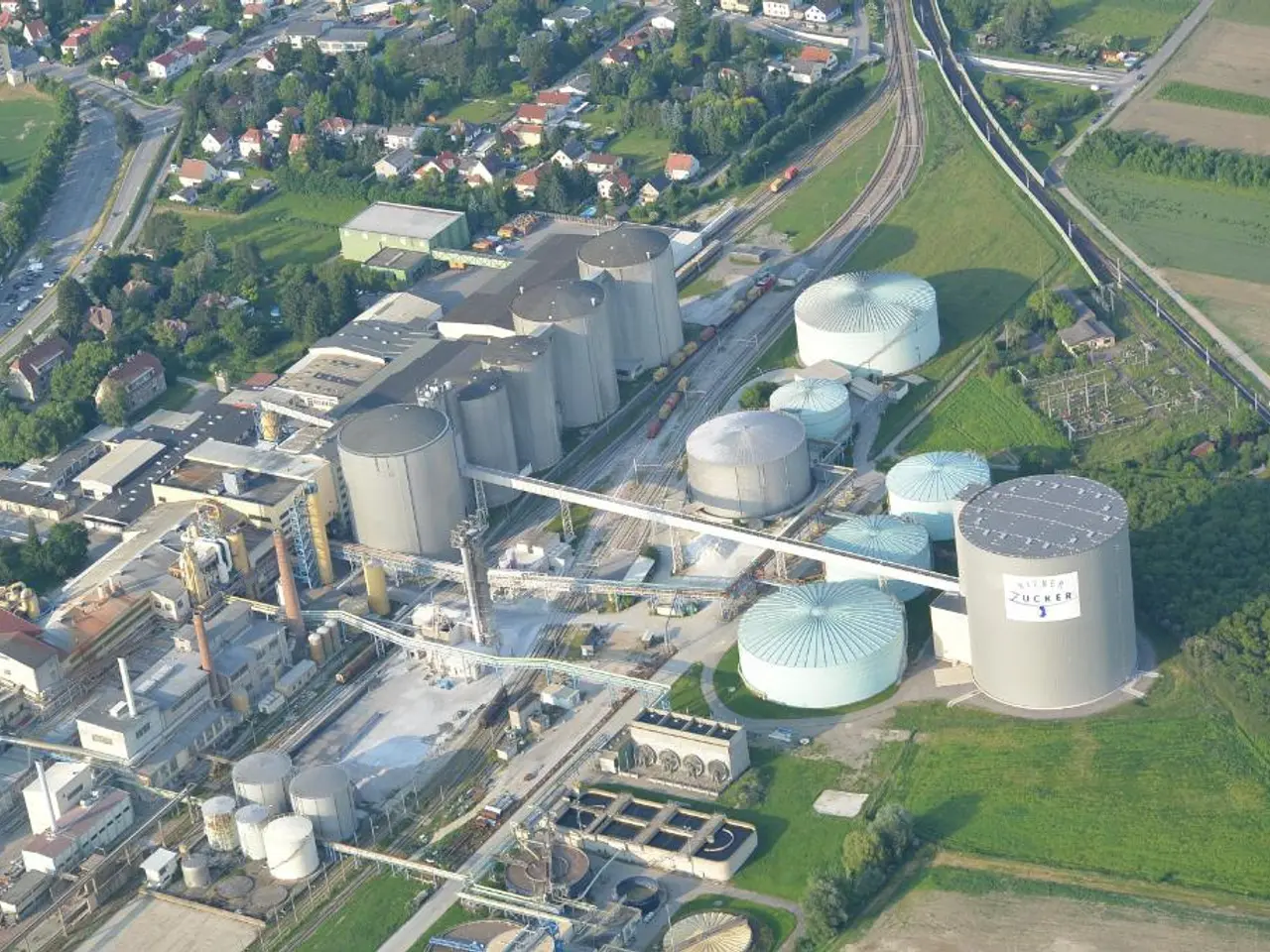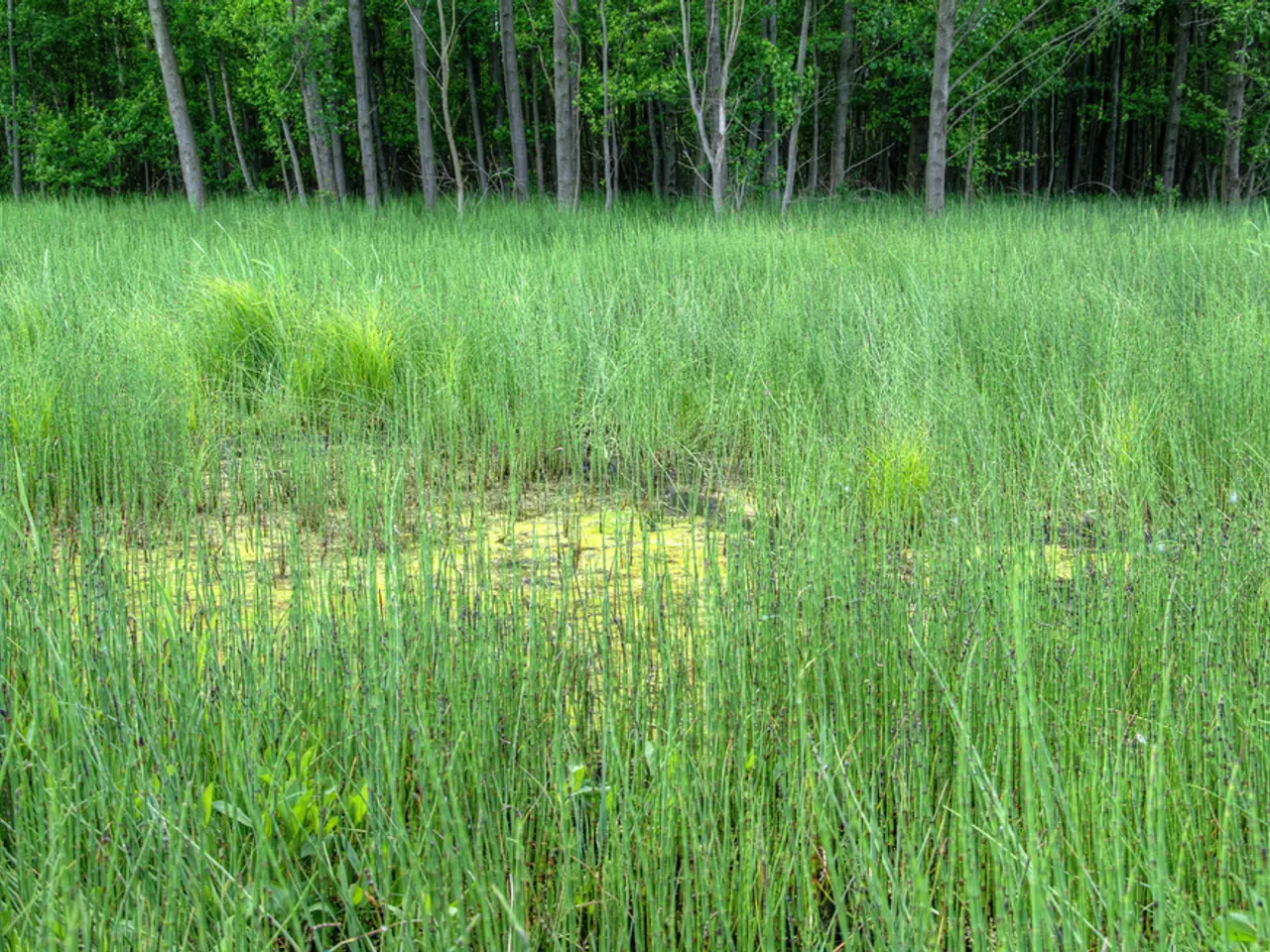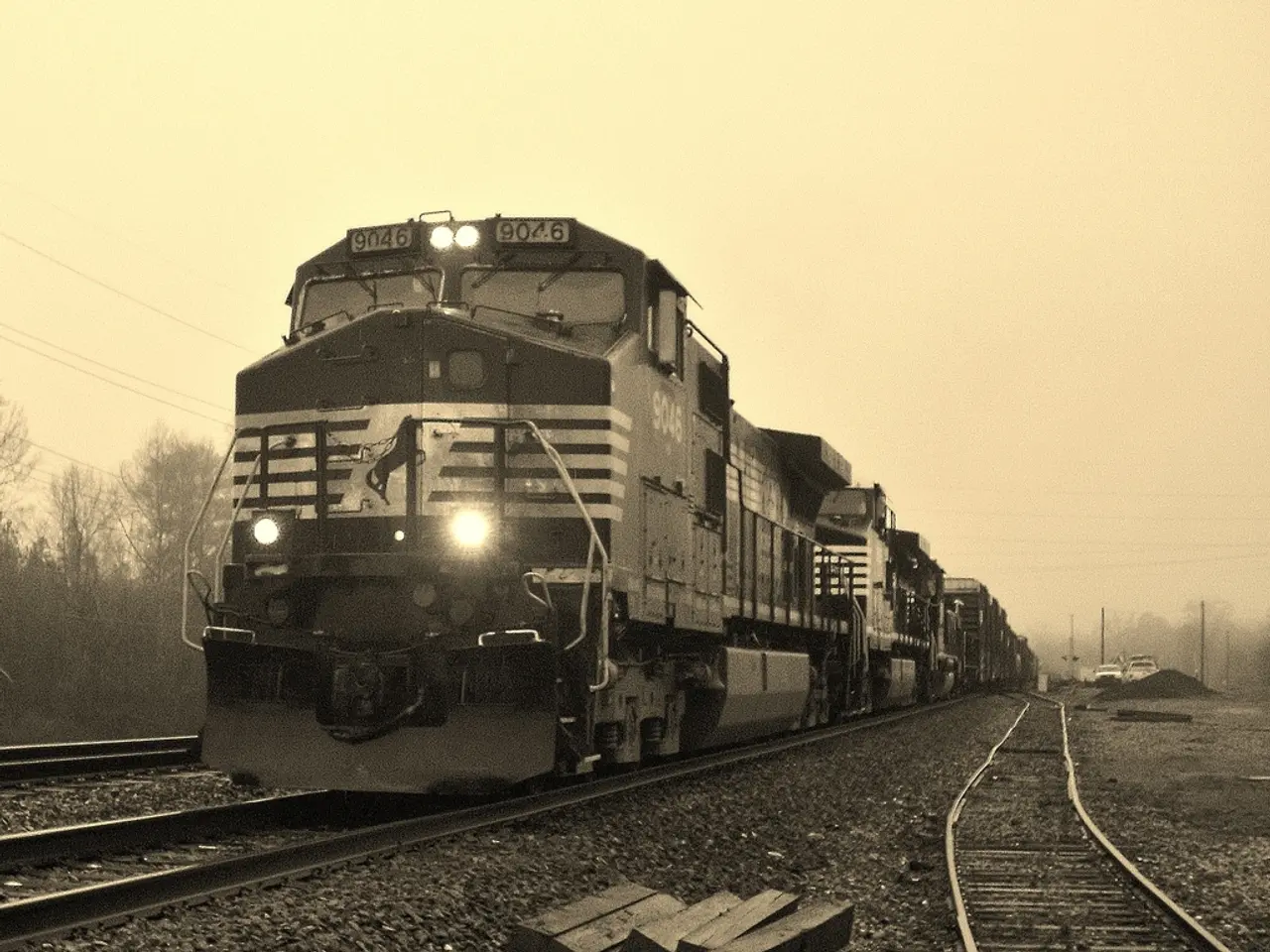Skyrocketing construction land costs reach new peaks
In the German real estate market, building land prices have been on a steady rise over the past two decades, with an average price of approximately 218 euros per square meter in 2023, up from 199 euros in 2021. This growth is influenced by various factors, including region, type of area, and use.
In major cities and city-states such as Berlin, Munich, Frankfurt, Hamburg, Düsseldorf, residential land and property prices tend to be higher and show divergent trends. For instance, Berlin's existing residential property prices grew moderately by about 3.2% in mid-2025, with an average transaction price of around EUR 5,140 per square meter. However, the new construction segment remains stagnant due to high costs and limited liquidity, despite a 5.5% price increase to about EUR 8,390 per square meter.
Munich typically commands the highest rents and presumably land prices, with average rents about twice as high as cities like Leipzig. Frankfurt and Düsseldorf also show strong demand, with prime office rents in Bavaria (Munich) and North Rhine-Westphalia (Düsseldorf) rising over 7% year-on-year.
When it comes to different area types, prices generally differ between closed residential areas (Baugebiete), rural (outside urban boundaries), and other residential land. Closed residential areas tend to have the highest prices due to guaranteed development rights and infrastructure availability. Residential land in urban centers like Berlin, Munich, and Hamburg is substantially more expensive than rural land, reflecting demand, supply constraints, and proximity to amenities. Rural land prices are significantly lower, often by a factor of two or more compared to urban residential plots, depending on location and usability.
Investors paid particularly high prices in Berlin and Hamburg, with average purchase values of 1,328.48 euros and 1,157.91 euros per square meter, respectively. The lowest average purchase values were in Thuringia, Saxony-Anhalt, and Mecklenburg-Western Pomerania, below 60 euros per square meter. In rural areas, an average square meter price of 56.75 euros was achieved. In municipalities with fewer than 2,000 inhabitants, an average of 66.04 euros per square meter was paid.
It's worth noting that the price difference between closed and open residential areas is significant, with the square meter price in closed residential areas being around 76 euros higher than in open residential areas, at 285.76 euros per square meter.
Despite the slowdown in price growth from the peak surges seen in 2024, the market remains positive amid supply constraints and stable demand. As we move forward, it will be interesting to see how these trends continue to shape the German real estate market.
Other industries might consider investing in real-estate, as the German real estate market continues to show robust growth, particularly in major cities. The finance sector could find attractive opportunities in urban areas like Berlin, where high demand and low liquidity have caused new construction prices to repeatedly increase, reaching an average of EUR 8,390 per square meter in 2025.




